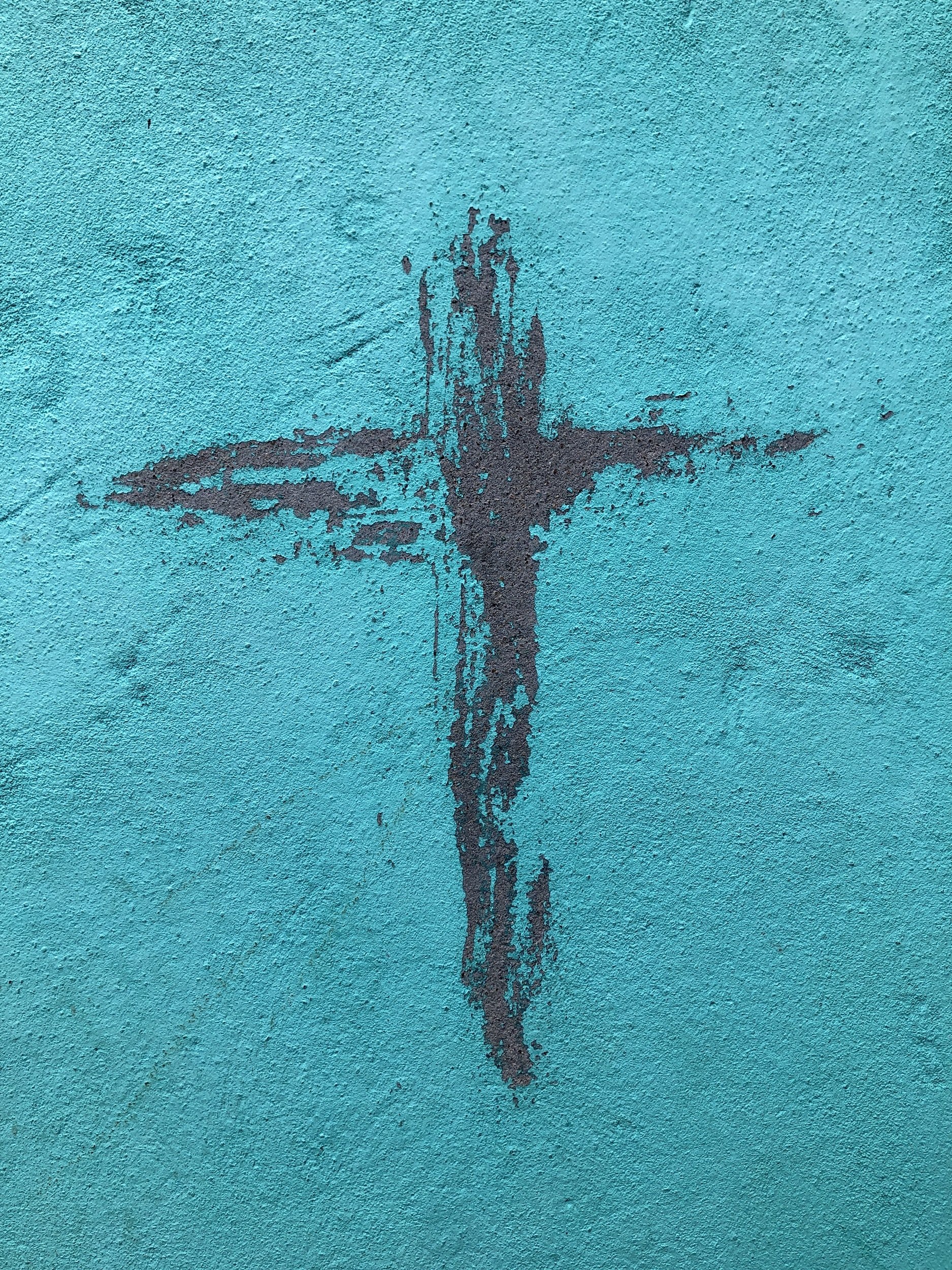APOSTLES CREED DEVOTIONAL 3
Creeds are controversial. I mean that in two senses: first, that they emerge out of various past controversies (often intense and sometimes even violent) and seek to settle them in some decisive manner; and second, that their historic controversial origins make some people wary of them even now. This wariness is especially acute in cultures (such as our own) that are inherently suspicious of the past and/or anxious about maintaining individual integrity against collective conformity.
Because of this twin sense of “controversial,” some Christians have eschewed creeds altogether, such as the Baptists in their many varieties. This is why when Austin Farrer (1904–68) moved from the Baptist faith of his childhood to membership in the Church of England, his Baptist minister-theologian father Augustine argued against this shift in allegiance by telling him that creeds (such as the Nicene and Apostles’) “merely divide.” This is indeed a common view. But Austin replied: “to your statement that creeds merely divide, I should reply that nothing else can conceivably unite. My creed is really the only precious thing I possess and certainly the only thing it is worth anyone’s while to borrow from me.”
The young Farrer’s creative reframing of the issue is most helpful. Creeds divide, yes, but they also unite, and Austin asks his father what could meaningfully unite humans aside from shared belief? This was a theme to which he returned much later in his brilliant work of devotional doctrine, Lord I Believe: Suggestions for Turning the Creed into Prayer. “No dogma deserves its place unless it is prayable,” he begins, “and no Christian deserves [their] dogmas who does not pray them.” The baptismal creed is thus necessary not just to shape our belief but to guide our prayers, for “the creed defines the contours of that world on which faith trains her eyes.”
But in Lent we focus not just on belief and prayer but on repentance, and Farrer sees the Creed as a resource here as well. We are like trees, he says, and the life of God flows like sap through us, “but the tree has grown so crooked and is so deformed and cankered in its parts, that I should be at a loss to distinguish the divine power among the misuses of the powers given.” So, “I take refuge in that image of God which we have described as branded from outside upon the bark. Here is a token I can trust, for he branded it there himself; he branded it upon the stock of man when he stretched out his hands and feet and shed his precious blood. The pattern of the brand was traced on me by those who gave the creed to me; God will deepen it and burn it into me, as I submit my thoughts to him in meditation.”
This Lent may we therefore meditate deeply on the doctrines of the Creed, and may they burn themselves into our hearts and minds, conforming us to the pattern of Christ.

